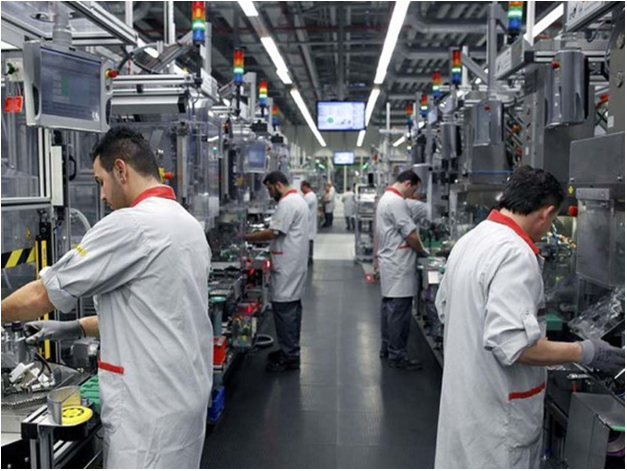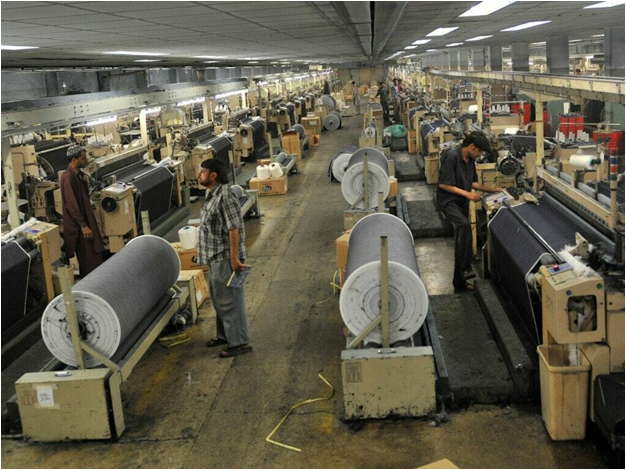INP-WealthPk
Ahmed Khan Malik
The industrial production in Sindh has dropped significantly during the current financial year, raising concerns about the province's economic growth.

According to official data, Sindh's industrial output fell over 3% in the first five months of FY25. Officials and industrialists have identified several factors, which contributed to the decline in industrial production. One of the most prominent reasons is the ongoing energy crisis, with frequent power outages and a limited supply of natural gas, which are severely impacting industries that are highly dependent on consistent energy resources. The manufacturing sector, particularly textiles, chemicals, and cement, which play a pivotal role in Sindh’s industrial output, has been facing disruptions due to energy shortages, they told WealthPK.

Mujtaba Syed, Director of Industries Sindh, pointed out that in addition to energy challenges inflationary pressures had also affected both operational costs and consumer demand. “The rising prices of raw materials, coupled with a depreciating currency, have increased the cost of production, making it difficult for industries to maintain profitability or even stay operational.
These factors have prompted many businesses to either scale back production or temporarily shut down, further exacerbating the overall decline in industrial output,” he said. Mujtaba said that Sindh’s textile industry, a cornerstone of its industrial output, had been hard hit. “The industry, which employs millions, has seen a reduction in production volumes due to the rising costs of imported raw materials such as cotton, and energy shortages.
This has led to reduced exports and strained cash flows for textile manufacturers.” “Also, the cement industry, another critical sector for Sindh, has experienced a decline in production. The slowdown in construction activities, both domestically and in key export markets, coupled with the increased cost of fuel and energy, has contributed to the reduced output in this sector,” he further said. “Besides, the chemical industry in Sindh has struggled with higher input costs and logistical challenges.
The disruption in raw material supply chains due to political instability and trade imbalances has further aggravated the situation.” Mujtaba said that the decline in industrial production was not only impacting business owners but also leading to growing concerns about employment. “Sindh’s industrial sector employs millions, and a slowdown in production often leads to layoffs, reduced working hours, and a decrease in income for many workers.
This further exacerbates the region's unemployment rate and hampers overall economic growth.” Nusrat Hussain, an entrepreneur in the Korangi industrial area, said that the ripple effect of the industrial slowdown extended to other related sectors, including transportation, logistics, and retail, all of which have felt the pinch of reduced industrial activity. “With a decrease in factory operations, there is a decline in the demand for transportation services, while retailers are witnessing a slowdown in demand for industrial goods.”
“There have been calls for improving trade relations with neighbouring countries, providing easy access to finance for small and medium enterprises, and creating a more conducive environment for industrial growth,” he said. Hussain said the resolution of key challenges, such as energy shortages, inflation, and market demand, would be critical in determining whether the province’s industrial output could recover.
“With many industries already facing economic stress, sustained government intervention and long-term reforms will be necessary to stimulate growth and ensure the resilience of Sindh’s industrial sector,” he added. "Until these challenges are addressed, the industrial production in Sindh may continue to face a decline, putting additional strain on the region’s overall economic performance,” Hussain said.
Credit: INP-WealthPk




